
Homegrown herbal remedies are perfect for reviving a tired gardener, and the healing properties of your herbs can really help during stressful times. As we adjust to ever changing circumstances, your garden can provide a bounty of calming remedies, here are just a few to try taken from a selection of Neal’s Yard Remedies books:
- Herbal face and body ‘spritz’
- Lemon balm and lavender bath infusion
- Headache tonic
- Calming peppermint and lavender compress
The refreshing mint in a herbal ‘spritz’ is ideal for hot summer days or nights to help cool the skin. Lemon balm and lavender bath infusion is perfect to sooth the body and mind with its mixture of herbs, petals, and fragrant oils. The headache tonic and compress are both tried and tested for relieving deep tension and migraines.
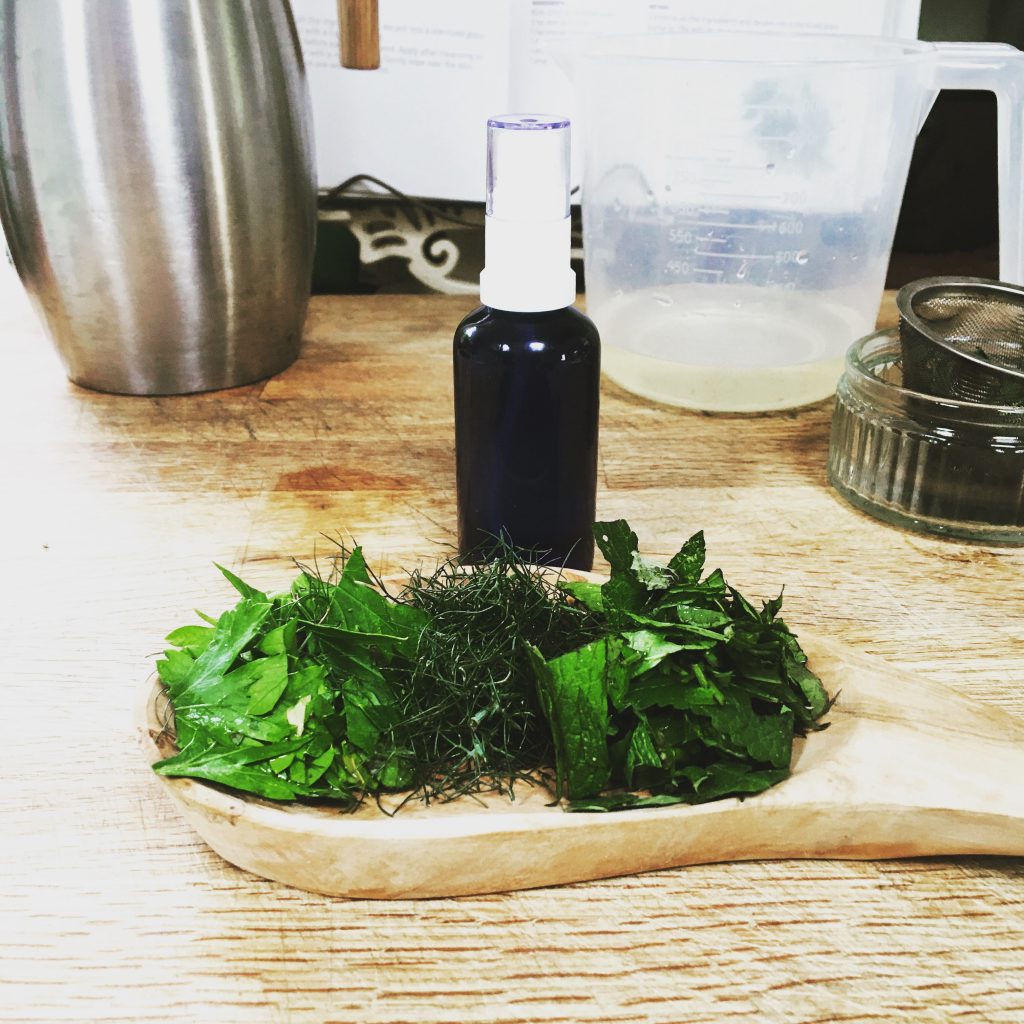
Herbal face and body ‘spritz’:
Fresh Mint (3x heaped teaspoons)
Fresh Dill (1x heaped teaspoon)
Fresh Parsley (1x heaped teaspoon)
Mineral water (85ml / 2 ¾ fl oz)
- Make an infusion by chopping up the herbs and adding them to a cup or teapot, boil some water and pour over the herbs using just enough to cover them. Leave to steep for 10 minutes, preferably covered, to avoid the loss of volatile oils in the steam.
- Strain infusion before use, add the mineral water and pour into a sterilised glass bottle with an atomiser spray.
- Store in the refrigerator to keep it cool, and spray it in a fine mist over exposed skin on the face or body as required. Use within two days.
(NOTE: to sterilize a glass jar or bottle, wash it and its lid in hot water, drain upside down, and put into a cool oven 140 oC/275 oF for 15 minutes)
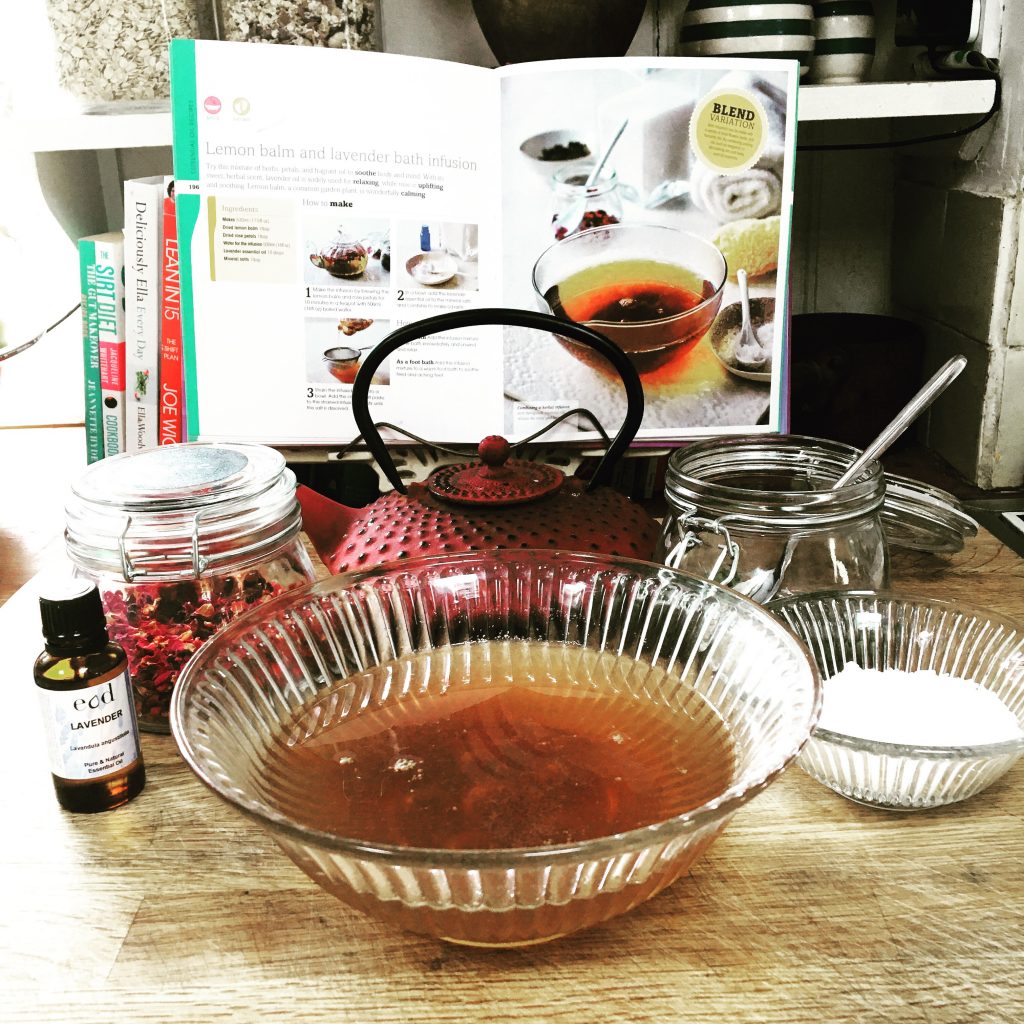 Lemon balm and lavender bath infusion:
Lemon balm and lavender bath infusion:
Makes 530ml (171/2 fl oz)
Lemon balm (dried, 1x tablespoon)
Rose petals (dried, 1x tablespoon)
Water for the infusion (500ml / 16fl oz)
Lavender essential oil (10 drops)
Mineral salts (1x tablespoon)
The sweet herbal scent of lavender oil is widely used for relaxation, while rose is uplifting and soothing. Lemon balm, a common garden plant, is wonderfully calming.
- Make the infusion by brewing the lemon balm and rose petals for ten minutes in a teapot with 500ml boiled water
- In a bowl, add the lavender essential oil to the mineral salts and combine to make a paste
- Strain the infusion liquid into a bowl. Add the oil and salt paste to the strained infusion and stir until the salt is dissolved
How to use:
In the bath Add the infusion mixture to the bath immediately and unwind and relax.
As a foot bath Add the infusion to a warm foot bath to soothe tired and aching feet
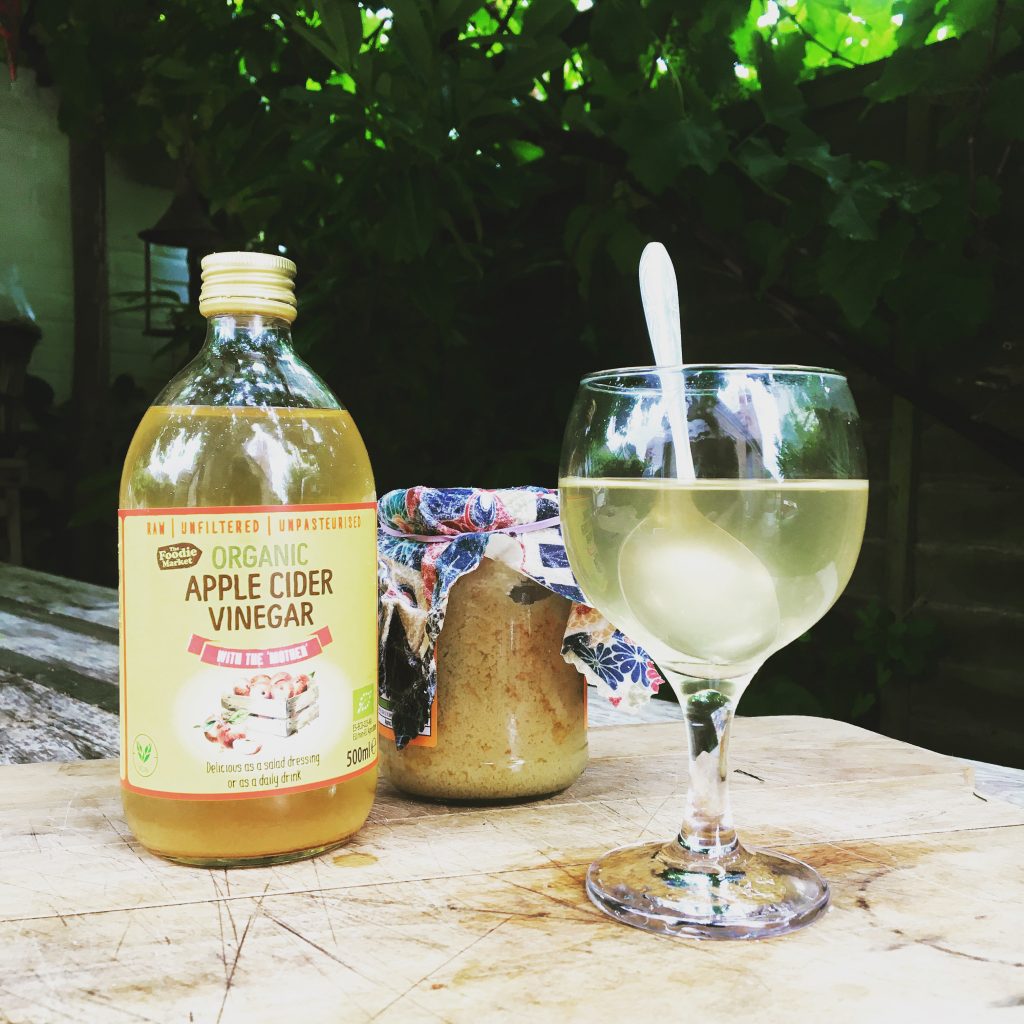
Headache tonic:
Apple cider vinegar (2x tsp)
Honey (2x tsp to taste)
This natural remedy with all its nutrients will help to ease the symptoms of a headache and support healing.
- Fill a small glass with tepid water and add 2 teaspoons of apple cider vinegar, and two teaspoons of honey to taste.
- Stir, and drink to relieve symptoms of a headache.
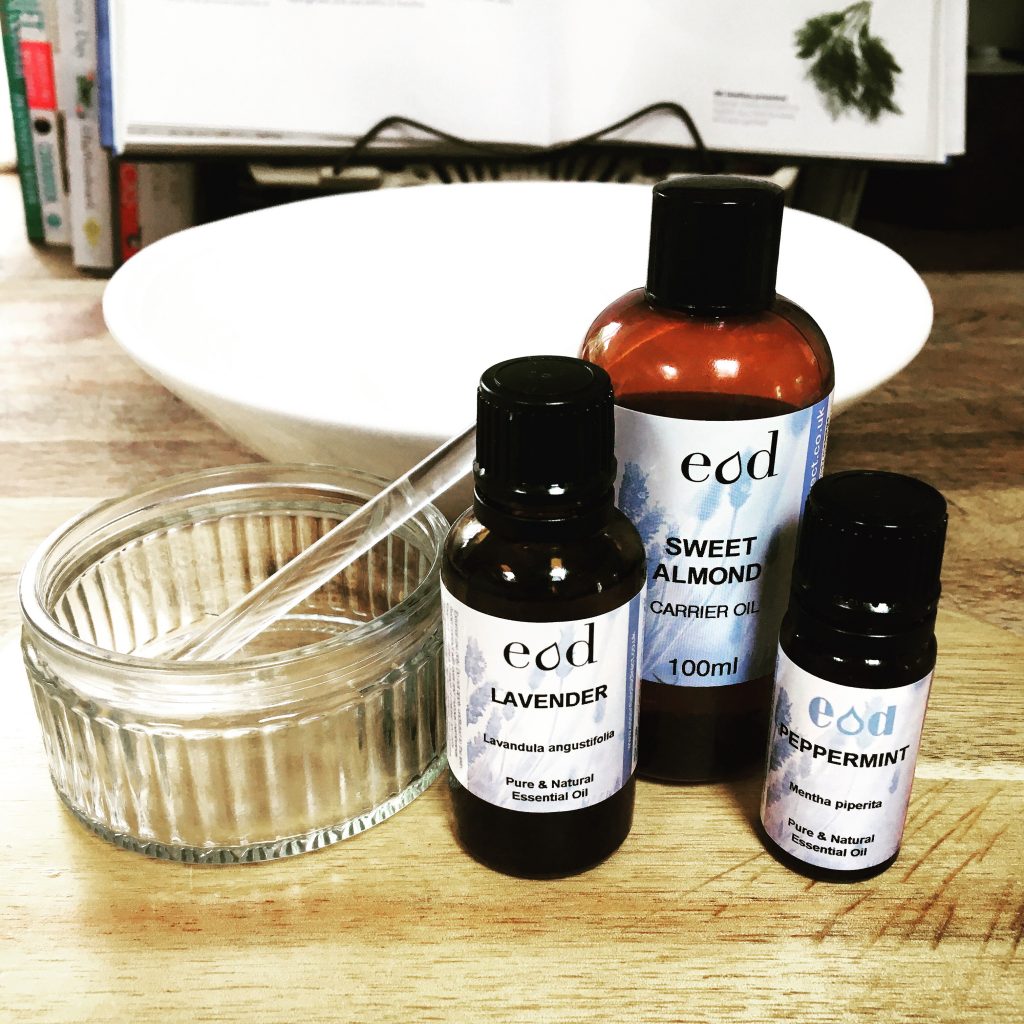
Calming peppermint and lavender compress:
Makes 1 compress
Almond oil (1x teaspoon)
Peppermint essential oil (3 drops)
Lavender essential oil (2 drops)
The stimulating properties of peppermint have long been used in aromatherapy for treating tension headaches, as it seems to cool and refresh the mind. Lavender is also well known its relaxing qualities, and is well known to help bring relief to headaches caused by anxiety and stress.
- Fill a bowl with warm water. Add the essential oils to the almond oil, then add to the water
- Soak a flannel in the bowl, then remove and squeeze out the excess water
- Place the compress on the forehead. Leave the flannel in a place while it cools to body temperature, repeat the process three times.
Relax and enjoy!
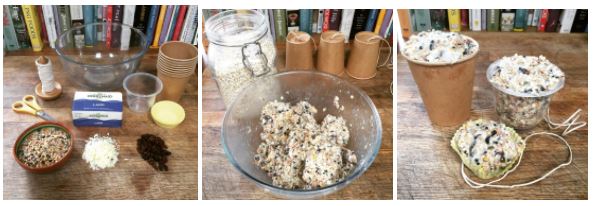

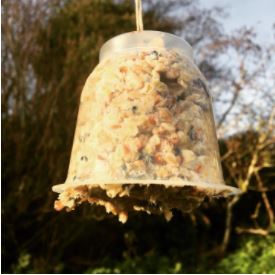




 Lemon balm and lavender bath infusion:
Lemon balm and lavender bath infusion:
